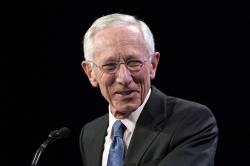The Brookings Institution is committed to quality, independence, and impact.
We are supported by a diverse array of funders. In line with our values and policies, each Brookings publication represents the sole views of its author(s).

Research
BPEA | 1981 No. 1
1981, No. 1
DURING THE PAST DECADE, the behavior of international capital flows,
current account balances, and exchange rates have puzzled economists
and preoccupied policymakers. The period has been marked by widely
fluctuating exchange rates, huge OPEC surpluses, burgeoning debt of less
developed countries (LDCs) and unprecedented current account deficits
in many developed countries. The nature, direction, and scope of international
borrowing have also shifted dramatically. The proportion of
private to official capital inflows to LDCs has grown substantially; the
international money market has expanded dramatically; and capital controls
have been liberalized in many economies.